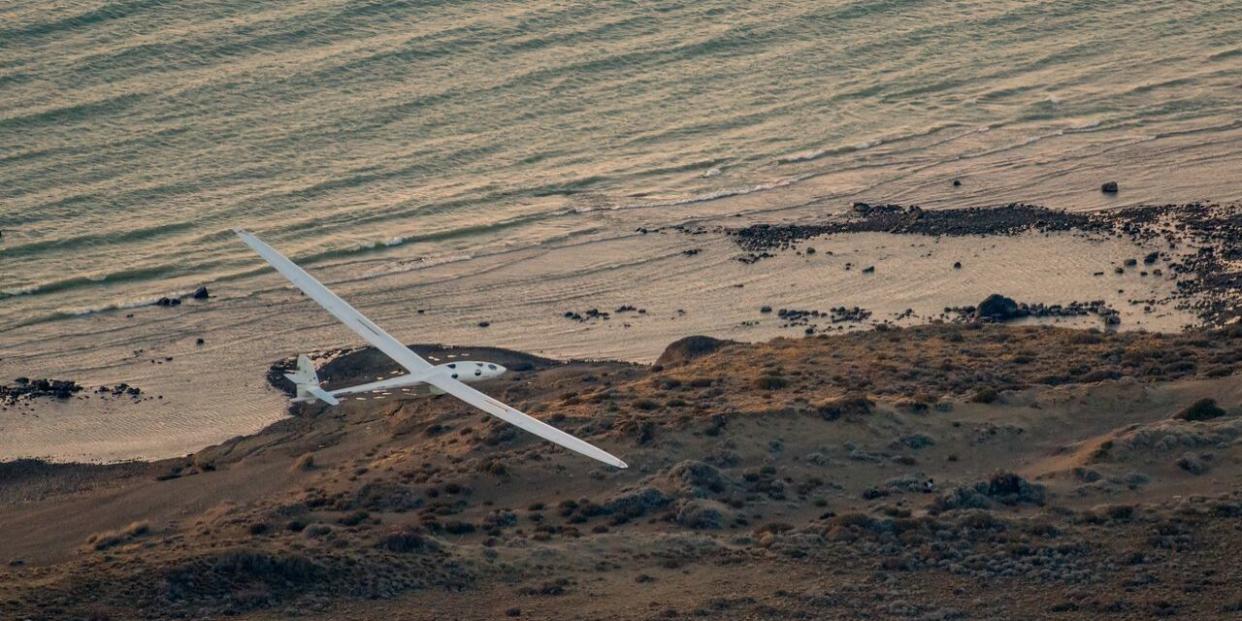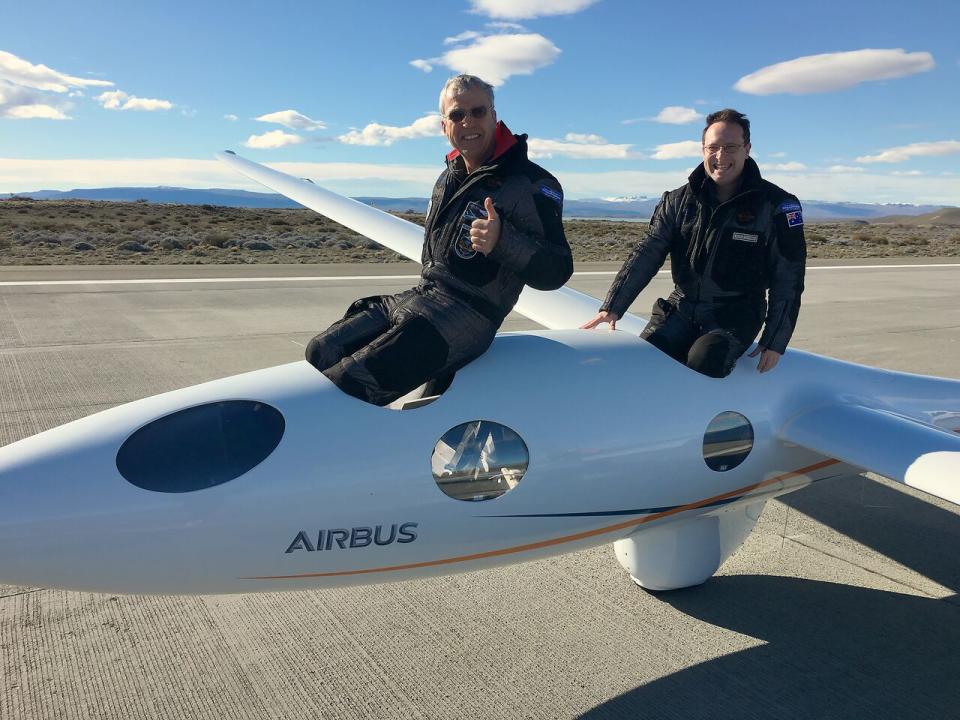Glider Sets New Height Record for Engineless Flight

A new record has been set in the world of engineless glidin. The Airbus Perlan Mission II flew over 52,000 feet above the ground in the Patagonia region of Argentina, higher than any soaring plane has ever gone before.
"We are celebrating an amazing victory for aerospace innovation and scientific discovery today, and we're so thankful to all the volunteers and sponsors whose years of tireless dedication have made this achievement possible," says Ed Warnock, CEO of The Perlan Project in a press statement. "We will continue to strive for even higher altitudes, and to continue our scientific experiments to explore the mysteries of the stratosphere. We've made history, but the learning has just begun."
The Perlan Mission II uses a phenomena called "mountain waves" to achieve such impressive results without an engine. "Mountain waves form when winds of at least 15 knots cross over a mountain range perpendicularly and the atmosphere is stable," the Perlan website explains. "A glider uses the upward moving part of this wave system to climb."

Mountain waves are rare and appear intermittently in only a few places on Earth. The Perlan II flew from Comandante Armando Tola International Airport in El Calafate, Argentina, because it is one of those rare places.
Perlan's ultimate goal is to get a glider "to the edge of space," which Perlan is defining as 90,000 feet up-a stratospheric height much further up than the cruising altitude of your typical plane, but a far cry from the 100-kilometer Karman line that most consider to be the actual boundary between Earth's atmosphere and outer space.
Still, at 90,000 feet such a glider could provide data about heat, mass and chemical exchange between the troposphere and the stratosphere, leading to more accurate climate models for the future. There's also hope that such a flight could gather data about the ozone layer and lead to better enforcement of the Montreal Protocols. If it can actually get all the way up there, that is. So far so good.
Source: Airbus
You Might Also Like

